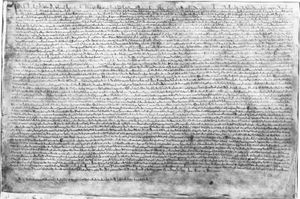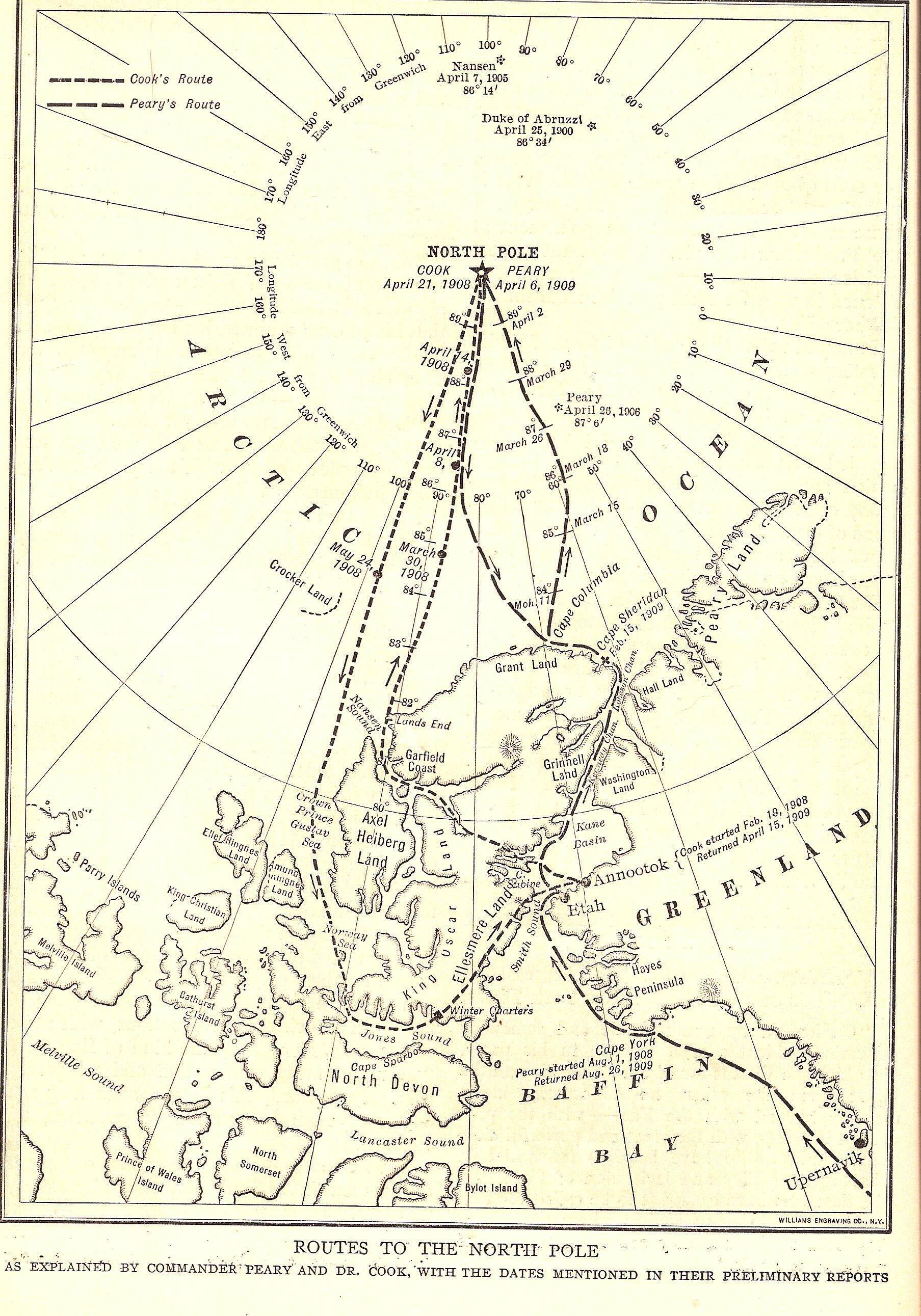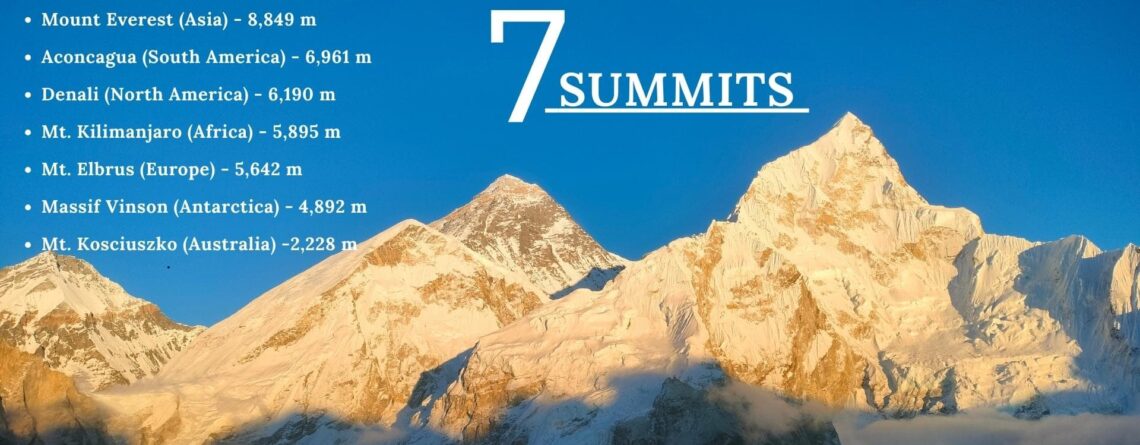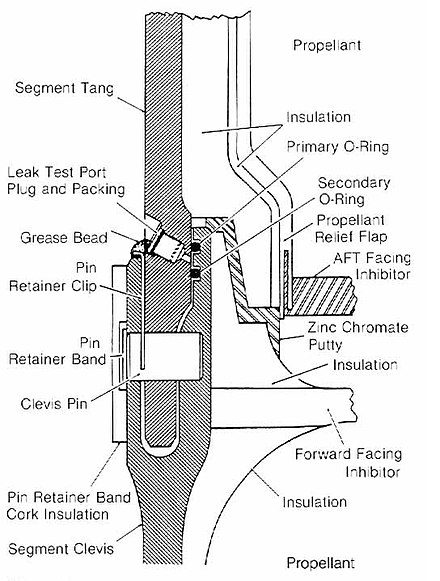-
Habeas Corpus and the Magna Carta
What Does Habeas Corpus Mean?
-
The Seven Summits of the World
What are the Seven Highest Summits in the world? Everest (Asia): Everest, which is 8849 meters (29035 feet), is the highest mountain in Asia. Reaching a height of 6961 meters (2238 feet), Aconcagua (South America): Aconcagua stands as the highest mountain outside Asia. Denali (North America): The highest peak is Denali, 6190 meters (20310 feet). Kilimanjaro (Africa): The world’s highest freestanding mountain, Kilimanjaro in Africa, rises 5895 meters (19341 feet) above sea level. Elbrus (Europe): Europe’s highest mountain, Elbrus, stands 5642 meters (18510 feet) above sea level. Vinson Massif (Antarctica): With a height of 4892 meters (16050 feet), the Antarctic Vinson Massif is called the frozen giant. The 4884-meter (16024-foot)…
-
A Consequence of Corruption: O-Ring failure in Challenger disaster
The Challenger Space Shuttle disaster occurred on January 28, 1986. The failure to stop the Challenger flight went along with the failure to address the engineers’ concerns about the O-Ring. Their concerns were reported long before the catastrophic flight took off. Following the disaster NASA appointed the Roger’s Commission to investigate. Theoretical physicist Dr. Richard Feynman was one of the members. His involvement led to what is known as the C-clamp experiment conducted during an open Public meeting for all the see. (A recent example of a another death resulting from a total disregard of safety on a number of levels: “This was an unscrupulous business, operating powerful machines beyond…
-
Industrial Revolution
Before the Industrial Revolution, people worked in small-scale businesses. The two primary and predominant examples, are farming and artisan handicrafts. Those social structures had basically remained unchanged, since the Middle Ages. Life was lived in small to medium sized villages. Travel beyond a person’s village was rare. Then, during the middle decades of the 18th century, Britain and other European countries saw a rise in their population. In order to serve this increased number of people, a gradual transformation from villages and small-scale production into a large, mechanized system of higher productivity took place. Read more about this transformative time in history: Source: National Geographic
-
Who Signed the United States Constitution?
These are the 39 delegates who signed the Constitution on September 17, 1787, and the states they represented: Virginia New Hampshire Massachusetts Connecticut New York New Jersey Pennsylvania Delaware Maryland North Carolina South Carolina Georgia Rhode Island, one of the original 13 colonies, did not immediately sign the Constitution of the United States (Text), but did so three years later and became a state in 1790. See United States Constitution.*The streets of Madison, Wisconsin, are named after the signers.




